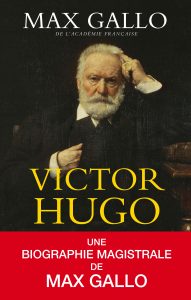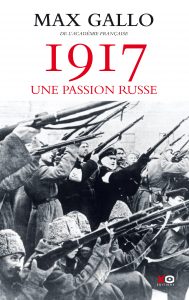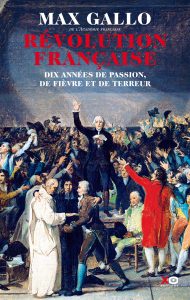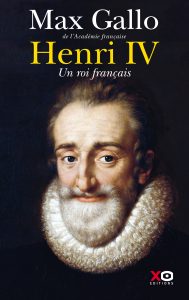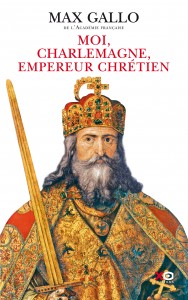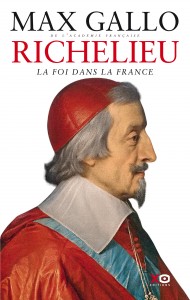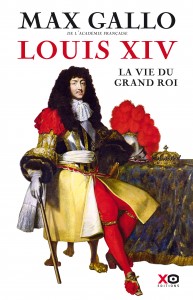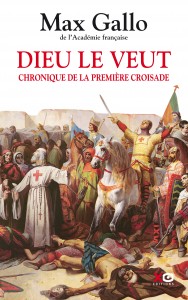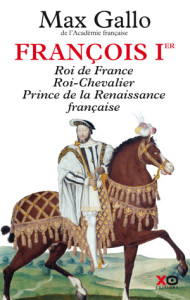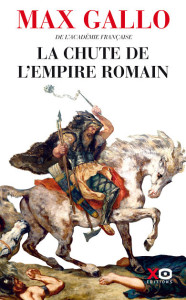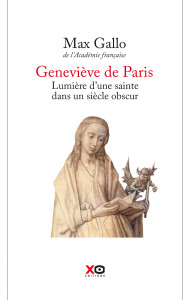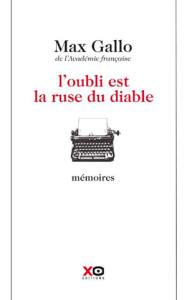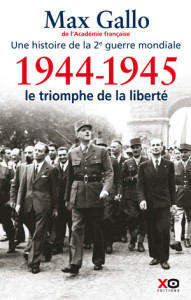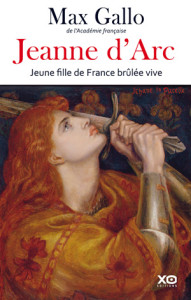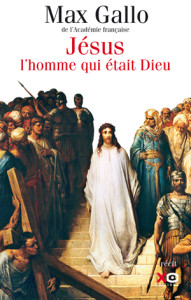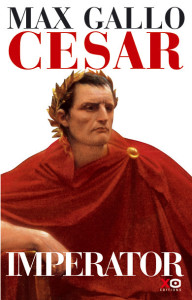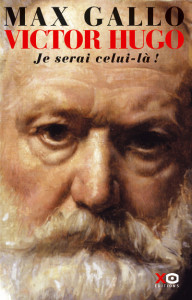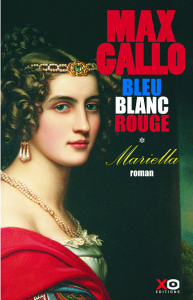Machiavelli and Savonarola
At the turn of the 16th century the world is fascinated by the city of Florence. The Republic, under the rule of the Medici, is envied for its prosperity, its splendor but also its intrigues.
Two men, who are polar opposites, seek to assert themselves in the city through the domination of consciousness. The first, Girolamo Savonarola, is a hot-tempered Dominican preacher who claims he receives messages from God. He fills the churches and calls for the ‘bonfire of the vanities’, the burning of jewelry, perfume and card games. This new master of Florence forces the Medici out of the city until the day he is excommunicated by the Pope. He ends up tortured, hanged and burnt.
Conversely, Niccolo Machiavelli is cold, prudent and calculating. After Savonarola’s execution this former Secretary of the Seigneur, who the Medici are no les suspicious of, attempts to enter into the enchanted circle of power through use of a formidable weapon: his pen. Machiavelli dedicates his essay, “The Prince” to Lorenzo de’ Medici.
Machiavellianism is born – or the art of acquiring and preserving power by “the cunning of the fox” and “the force of the lion”.
Max Gallo paints a portrait of these two major forces of the Medici era. Two exceptional destinies that play an important role in and enlighten the history of Europe.


